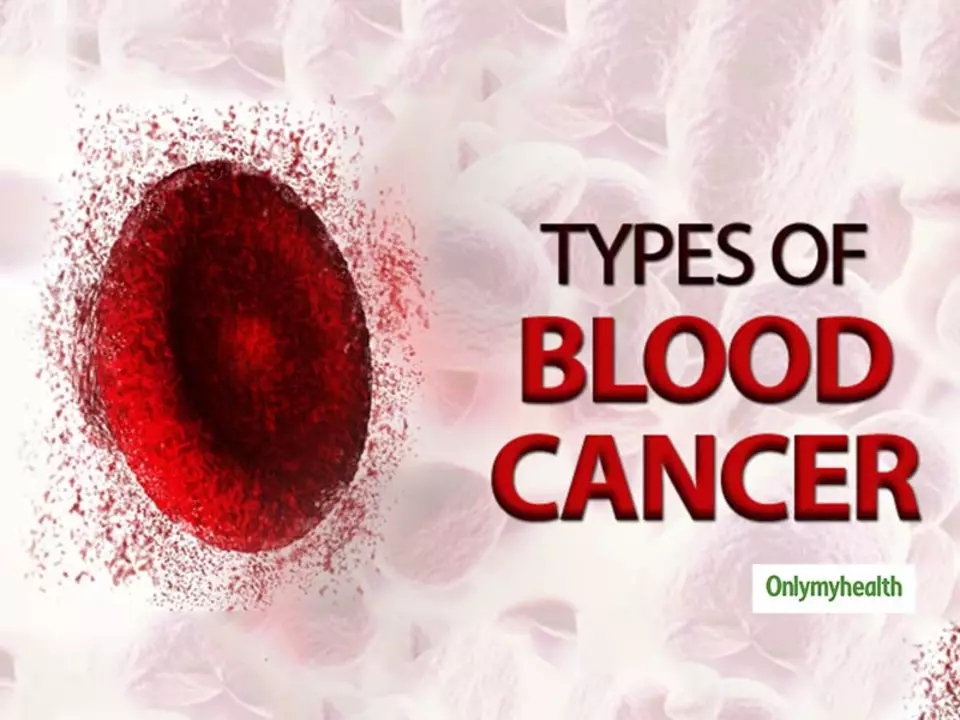Blood Cancer Basics – What You Need to Know
If you’ve heard the term "blood cancer" and felt confused, you’re not alone. Blood cancers affect the cells that make up our blood, bone marrow, and lymphatic system. The three big groups are leukemia, lymphoma and myeloma. Each one starts in a different part of the blood‑forming system but they share some common signs.
Common Types and How They Differ
Leukemia begins in the bone marrow, where blood cells are produced. It causes an overgrowth of abnormal white cells that crowd out healthy ones. Lymphoma starts in lymph nodes or other parts of the lymphatic system and can spread to organs like the spleen. Multiple myeloma affects plasma cells, a type of white blood cell that lives in bone marrow and makes antibodies.
Even though these cancers sound technical, they often show similar early symptoms: fatigue, frequent infections, easy bruising or bleeding, and unexplained weight loss. If any of these pop up and don’t improve, it’s worth talking to a doctor.
How Doctors Find Blood Cancer
The first step is usually a blood test. Labs can spot abnormal cell counts that hint at leukemia or myeloma. If something looks off, the next move is a bone‑marrow biopsy – a tiny sample taken from the hipbone and examined under a microscope.
For lymphoma, imaging tests like CT scans help locate swollen lymph nodes. Sometimes doctors also do a lymph‑node biopsy to confirm the type. Modern labs can run genetic tests on cancer cells too, which helps pick the most effective drugs.
Early detection matters because treatment works best when the disease hasn’t spread far. If you notice persistent symptoms, don’t wait – schedule an appointment.
Treatment Options You Might Hear About
Blood‑cancer care is personalized. Common approaches include:
- Chemotherapy – medicines that kill fast‑growing cells. It’s often the first line for leukemia and lymphoma.
- Targeted therapy – drugs designed to attack specific genetic changes in cancer cells, sparing more healthy tissue.
- Immunotherapy – treatments that boost your immune system to recognize and destroy cancer. CAR‑T cell therapy is a hot example for certain leukemias.
- Stem‑cell transplant – replaces diseased marrow with healthy stem cells, letting the body rebuild normal blood cells.
- Radiation – high‑energy rays used mainly for localized lymphoma.
Your doctor will choose a mix based on the cancer type, stage and your overall health. Many patients also get supportive care to manage side effects like nausea or low blood counts.
Living with Blood Cancer
Beyond medical treatment, everyday habits matter. Eat balanced meals rich in protein and vitamins; they help your body recover from intense therapies. Gentle exercise, even short walks, can boost energy levels and mood.
Support groups—online or in‑person—offer a place to share experiences and coping tips. Talking with others who understand what you’re going through often eases anxiety.
If you’re caring for someone with blood cancer, remember to look after yourself too. Simple things like regular sleep, staying hydrated, and taking breaks can make the journey less stressful.
Blood cancers are serious, but advances in medicine mean many patients live long, active lives after treatment. Stay informed, ask questions, and work closely with your healthcare team to choose the right path for you or a loved one.
As a blogger, I recently delved into the connection between blood cancer and myeloma. Blood cancer, also known as hematologic cancer, primarily affects blood cells and bone marrow. Myeloma, on the other hand, is a type of blood cancer that specifically targets plasma cells in the bone marrow. This connection is crucial as myeloma can lead to a weakened immune system and other complications. Understanding the relationship between these two conditions can help raise awareness and improve treatment options for those affected.

